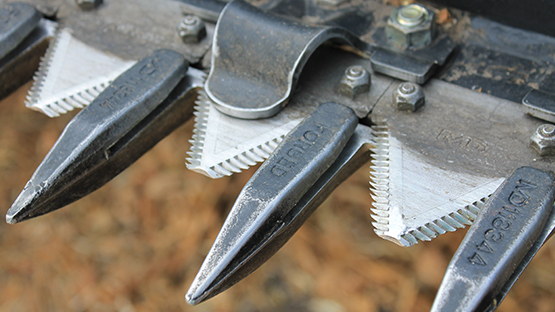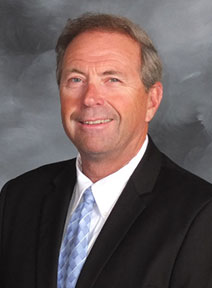
I was in my shop the other day working on my chainsaw. As I dove into the project I needed a fairly small wrench. I grabbed what I thought was the right one and discovered it would not work. I went back to the tool box, pulled out the rolled up bag of metric wrenches and discovered a 10 millimeter wrench would get the job done. My standard U.S. size would have rounded off the top of the bolt, permanently damaging it.
It’s important to have the right tools in the shop because each piece of equipment is different… and mistakes can be costly. The same can be said for the long term plan for your farm or ranch. Each farm or ranch, and the people that own them, are different. Because things are different, the tools used in each plan are often different because a poorly executed plan (or no plan at all) can be costly for your farm or ranch.
Your Estate Plan
A properly executed estate plan will include three main documents: a will or trust, a power of attorney and a health care directive. A will or trust, like a wrench, is a tool that has to fit the situation. Many questions need to be asked that direct how these documents are used because each farm is different.
Components of a well-structured estate plan address the following:
- Your will or trust is not your transition plan, but it will be should you become deceased. Ensuring this document is well thought out and tested is important, especially when a younger producer is taking over. If there are buyout provisions, can the farm afford them?
- Properly titled land and other assets. These ensure that the will or trust functions the way you want. For example, jointly owned land is not handled by your will.
- A clearly documented plan for the land. Do you want your will or trust to contain language granting a farming child the right to buy and rent land? If so, this needs to be in the will or trust.
- A documented plan for machinery and equipment. If you are gifting machinery make sure the gift is documented and both the grantor and grantee have the same documentation.
- A documented plan for the farm site. This is doubly important if a farming child has paid for improvements to the site (like a bin or shop).
- A plan for long-term care. How would you fund nursing home care that could easily run $9,000 per month? Here, your best tool is time - time to think, transfer assets if that is your strategy, or time to learn options about funding.
Your Retirement Plan
Many producers say getting out of farming is more difficult than getting in. There are financial, tax and emotional challenges as you wind down. Cutting the tax bill is often a major goal, which usually means a slower exit vs. a faster exit. Tax planning is much easier with time. Reducing the tax bill can be accomplished by reaching into the tool box and maybe deferring grain or cattle sales, selling assets over time (rather than a cash sale), use of a retirement plan such as a 401(k) or defined benefit plan, or maybe leasing machinery to family or neighbors rather than selling.
Sometimes the emotional issues are more difficult to deal with than the financial issues. A cold-turkey quit is hard for many producers. Usually it’s much easier on the producer to start this process early and maybe give up some rented ground if there is no one returning, or if there is a younger producer coming in, hand over the reins over time to get used to not being in control.
Your Transition Plan
Time, too, is probably the best thing you can give yourself when you’re transitioning. It gives the younger producer a chance to get used to running things and making decisions and gives the senior farmer time to get used to giving up control. Each farm is different and will have a different transition plan. Some will start by simply giving up land they farm and turning it over to the next generation.
If you have assets co-mingled and co-owned, maybe a formal entity is the best choice. An entity can make a transition easier, but be sure you know what the long range plan is and how to unwind any entity you start today.
Transition planning ties into both the estate plan and the retirement plan. If you’re retiring (or switching roles with a child), a thorough review of the cash flow constraints with the operation is vital to see if the farm can support both a retired farmer and the next generation. This should involve your tax advisor and possibly your lender.
Your Family Plan
Communicating why you’ve set up your plan the way you have is every bit as important as how you’ve set it up. I’ll be the first to say that not all families will do well with a family meeting. Maybe a personal visit with each child is a better tool. Farm related estate plans are usually oriented toward being fair (that is, a farmer inherits more in terms of value). Your children should know how you plan to retire and how it relates to the transition. Lastly, it’s not a bad idea to share how you have prepared to pay for a nursing home stay and what the plan is to manage these expenses.
Conclusion
There are many tools that can be used to preserve and transition a farm, and each tool has to be used correctly. Using the wrong wrench wouldn’t have worked for my chainsaw, and I surely would have done more damage than good. Consider the same approach for the long-term plan for your farm. Learn what tools are out there and use the right one for your situation.



